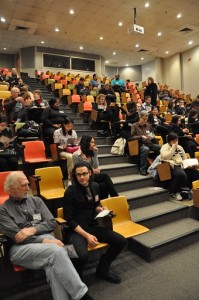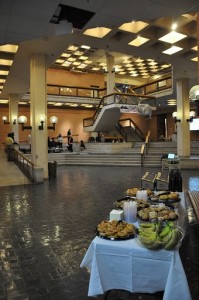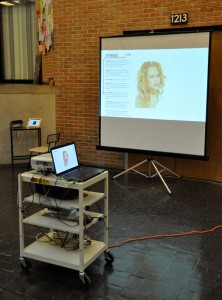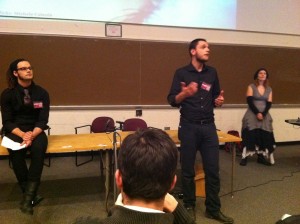 The 2012 presidential race is beginning to take shape, and it is interesting to see how social media is being differently used by candidates. Obama kicked off his re-election campaign on YouTube and is at Facebook today with Zuckerberg to do a Facebook-style town-hall Q&A. Mitt Romney (R-MA) annouced his presidential bid on Twitter and Tim Pawlenty (R-MN) announced on Facebook and even created a Foursquare-style gaming layer where supporters earn points for participating in his campaign. I’ll be analyzing how social media is used throughout the 2012 cycle, but I’d like to start all of this with the question: who will be our first social media president?
The 2012 presidential race is beginning to take shape, and it is interesting to see how social media is being differently used by candidates. Obama kicked off his re-election campaign on YouTube and is at Facebook today with Zuckerberg to do a Facebook-style town-hall Q&A. Mitt Romney (R-MA) annouced his presidential bid on Twitter and Tim Pawlenty (R-MN) announced on Facebook and even created a Foursquare-style gaming layer where supporters earn points for participating in his campaign. I’ll be analyzing how social media is used throughout the 2012 cycle, but I’d like to start all of this with the question: who will be our first social media president?
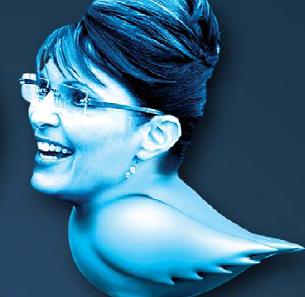 FDR became the radio president with his famous “fireside chats” and JFK the television president with his image-centered debates with Nixon. Many consider Obama the first social media president due to his massive fund raising and organizing efforts during the 2008 campaign using the web (though, Howard Dean was there four years earlier – remember his use of meetup.org). However, now that Obama has been in office for more than two years, has he really used the social web effectively in interesting new ways? The New York Times states that Obama treats the Internet like a “television without knobs,” using it primarily to simply upload videos for us to consume. Obama-as-president has thus far been a Web 1.0 leader instead of embracing the Web 2.0 ethic of users collaboratively and socially creating content.
FDR became the radio president with his famous “fireside chats” and JFK the television president with his image-centered debates with Nixon. Many consider Obama the first social media president due to his massive fund raising and organizing efforts during the 2008 campaign using the web (though, Howard Dean was there four years earlier – remember his use of meetup.org). However, now that Obama has been in office for more than two years, has he really used the social web effectively in interesting new ways? The New York Times states that Obama treats the Internet like a “television without knobs,” using it primarily to simply upload videos for us to consume. Obama-as-president has thus far been a Web 1.0 leader instead of embracing the Web 2.0 ethic of users collaboratively and socially creating content.
To put it another way, go to Obama’s Twitter account and ask yourself if he is really using the medium in an effective way? It is clearly more...

